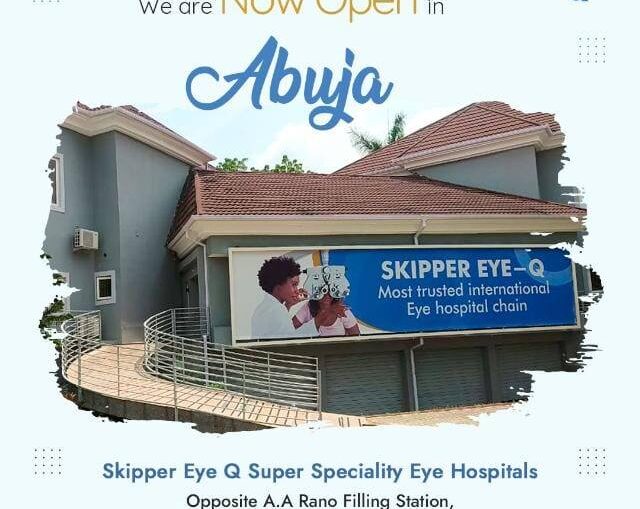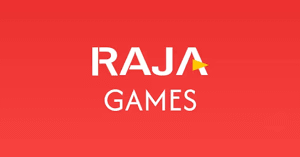What is Retinal Vein Occlusion (RVO)?
We have lenses in front of the eye that focus images on the internal backside. It is also known as the retina. The retina is the part where the eyes focus an image of an object. Our retina is covered through special nerve cells, which transform light into a stimulating signal, which is transmitted through the optic nerve to the brain, where it picks up the particular image. Any condition in the retina severely impacts a person’s vision.
Blood from the heart moves through arteries to get circulated through the body, and veins carry out the blood from organs to the heart. A small blockage in the vein initiates a stroke. When blood flow in the retina gets blocked or interrupted, it causes blood clotting, eventually blocking the retinal vein. It is particularly known as retinal vein occlusion (RVO). Our nerve cell demands a constant flow of blood to fulfil oxygen and nutrition requirements. But the surrounding area becomes damaged when the arteries get blocked due to blood clots. This same type of damage can take place anywhere at any time. When a retina vein gets blocked, it can’t release blood from the retina, which causes bleeding, medically termed “Haemorrhages”, along with leakage of the fluid through the blocked blood vessel.
Multiple Reasons for Retina Vein Occlusion
The actual reason behind Retinal Vein Occlusion is the stiffening of the arteries; it is also medically termed atherosclerosis, along with the formation of a blood clot. Blockage of small veins, also known as BRVO in the retina, often develops where retinal arteries get hardened or thickened by atherosclerosis and increased pressure on the retinal veins.
Diseases & conditions which increase the risk f retinal vein occlusion are atherosclerosis, diabetes, high blood pressure (hypertension), glaucoma, vitreous haemorrhage, muscular oedema, ad so on. The probability of these conditions increases along with age. Therefore, most the senior adults develop retinal vein occlusion. Blockage or interruption of the retinal vein also triggers other eye conditions such as Glaucoma (High Pressure in the eye), abnormal blood vessel growth in the frontal part of the eyes, and muscular oedema due to fluid leakage in the retinal part.
Common signs & symptoms of Retinal Vein Occlusion
The most common symptoms of RVO are enlisted below:
- Reduced peripheral vision
- Distorted vision
- Blind spot
- Gradual Blurring of vision
If you see any visionary problem, don’t forget to discuss this problem with a certified eye doctor immediately. Procrastination can increase the degree of severity of vision loss.
Treatment Options for Retinal Vein Occlusion
Medical science is constantly evolving and finding a way to unblock the retinal veins. Plenty of options are available to treat first or second-grade retinal vein occlusion. After a treatment, it takes 6 months to get the optimum vision. In a few cases, blood vessels protect against fluid accumulation in the retina and form new blood vessel to drain the fluid by themselves.
Vein Occlusion treatment and macular oedema come with the effect of eye stroke, so an eye surgeon needs to take care of these things while working on RVO. Experts said that, as these are linked with lifestyle issues, therefore it is better to prevent than cure. If we can avoid such kinds of lifestyle diseases, then we can protect our eyes from RVO to some extent (Not completely, as per the research). Doctor says that an active lifestyle with a nutritious diet can save us from chronic disease, which is a passive way to prevent RVO.
Some of the advanced treatments for retinal vein occlusion are:
Intravitreal injection of anti-vascular endothelial growth factor drugs: This VEGF-targeting drug functions as the growth factor responsible for macular oedema.
Intravitreal injection of Corticosteroid drug: It is an anti-inflammatory drug which fights against inflammation-causing drug which leads to oedema.
Focal laser therapy: This treatment is a great option; the laser targets swelling areas, significantly reducing oedema.
Pan-retinal photocoagulation treatment applies to patients who have developed new blood vessels after the retinal vein occlusion.
Why is follow-up care much needed after any Retinal Vein Occlusion?
Retina Vein Occlusion is a very complicated ophthalmological disorder. Any treatment requires follow-up care to understand how the treatment work. A follow-up appointment lets an eye consultant understand whether their treatment is working, and it helps them strategize further procedures. It would help if you revisited your doctor to make things happen smoothly; he will monitor and track recovery. Following how doctors detect changes in your retina and formulate new treatments, they also try to find any underlying conditions or systemic illnesses. Furthermore, retinal vein occlusion treatment is complicated. Therefore, you need assistance from a highly competent and experienced ophthalmological surgeon who has previously handled such RVO cases. For that you need to find out your nearby reputed eye hospital who houses leading eye surgeon, and ophthalmologist to deliver the best patient care.







